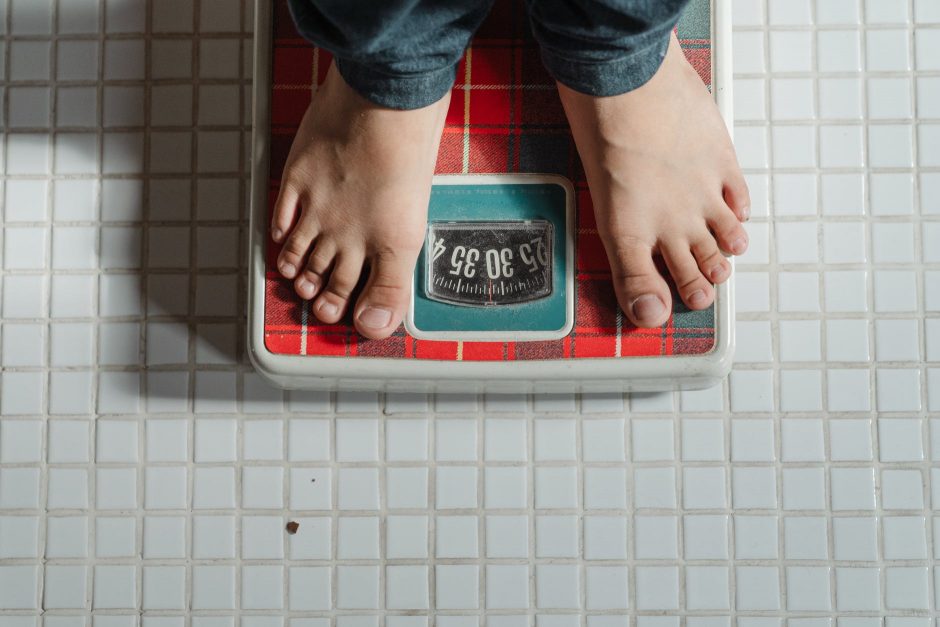In part 2 (read it here) Ben and I discussed the importance of classroom climate in facilitating CRM and getting the greatest effects. The prequel this post, or part 3 (read it here) we spoke about preserving the Deadpool effect when increasing the difficulty when using RememberMore, such as widening the question pool. If you have been following the series, you will know a) about the importance of getting retrieval response correct, criterion based retrieval practice and the confidence Ben and I have reported from our classrooms.
We ended splitting the last, rather long post, into two. The first part mapping the thinking, assigning responsibility upon the broad shoulders of teachers to protect and preserve learner confidence (I think Ben has hit the nail on the head here with the term “protect and preserve,” especially in out contexts). The split – then sharing the practical and reflective views of Ben in his classroom. Batter up – here is Ben’s experience of pitchin’ it right:
As pointed out – in the prequel, the feedback, beyond the correct answer, needed more time and discussion. Ben and I are both aware that we too are learners or at least experimental teachers, along side our learner / students.
Here Ben reflects on his opening session with Clasroom.
The first round (also the hardest challenge), I decided to give the corrective feedback myself and accepted hands up from confident students. At the point of greatest learner insecurity, I decided to be most visible and hands on. The second round I asked the question – pause – pounce – bounce a la Doug Lemov. (That’s the second mention in two days). The third round – no hands up cold calling. My assistance reducing as the direct benefits of Successive Relearning began to surface.
It was clear that Ben was withdrawing his assistance pretty rapidly. So I asked, “Did you find it hard to witness your students struggling again… and to put your trust in them and the routine?”
I found it very difficult. The pained expression of having less success is hard to stomach. But this means that they care enough to try regardless. It also means that in successive rounds the students will see greater progress and success, and a greater endorphin buzz when they get it correct. “Trust in the relearning.”
The bold here is mine. I have implored and impressed upon Ben the importance of criterion based success. The 3+3 model. It was in response to Ben’s feedback and numerous posts, we added ‘Reorder.’ The very smallest increment in CRM. Same prompts, reordered. There is a full post on RRRR-RRR here.
Retrieve ➡️ Reflect… ➡️ Reveal ➡️ Repeat. . With options to Reorder, Refresh and Refine. Has since gone on to become our standard recommended routine.
Did you use Reorder Ben?
Yes. Reorder allows me to be more reactive: Is there is a new topic which hasn’t had a high degree of accuracy then I found the reorder function to be useful in securing knowledge of these more difficult or obscure topics.
I wish I had realised at the time, how important Ben’s feedback had been. “Have struggled and succeeded previously, did you notice anything different in your students approach this time around?”
Despite being disheartened initially, learners find that even that unfamiliar set of questions become more familiar after three exposures (that maybe reordered rounds or successive rounds). Metacognitively, they know they can do it. They’ve done it before – they will do it again. Besides, they have ways that they can improve, independently of me.
The second cycle, third, fourth, firth, RememberMore continues to pay back more and more. As Ben noted.
This routine, this process, continues to get stronger the more we invest in it. As the teacher, I am giving less and less support and, even so, the students are able to remember more, with increasing retrieval speed and accuracy. Notably, some of the supporting notes that accompany the response are also making their way into their formal assessment written answers and verbally in class. Their knowledge is deepening and widening.
Ben summed it midway the post and he re-writes in the summary that the role of the teacher to “preserve and protect” the Deadpool Effect.
After defining the curriculum and designing great content (which is a learning process in itself), the gains are in doing what all great teachers do. Managing the Successive Re-learning and more broadly the teaching. You know your learners, their confidence levels, their resilience, their readiness – CRM supports the delivery and enables the Successive Relearning of the knowledge, quickly and flexibly and incrementally. Intrigued? Start your use of RememberMore, here for your classroom.
Cross-posted with Ben Windsor, Classics teacher – @MrClassics3. In fact, Ben wrote the lion’s share of this post and I merely commented inline.
If you want to know more about how to introduce CRM or RM, if you want to reduce your workload and leverage the direct and indirect benefits of retrieval practice and successive relearning for your students – swing by his blog and ask him what impact it has had on his teaching. I believe it is Rome and Persia for the summer term – check out the decks on https://classroom.remembermore.app/.


